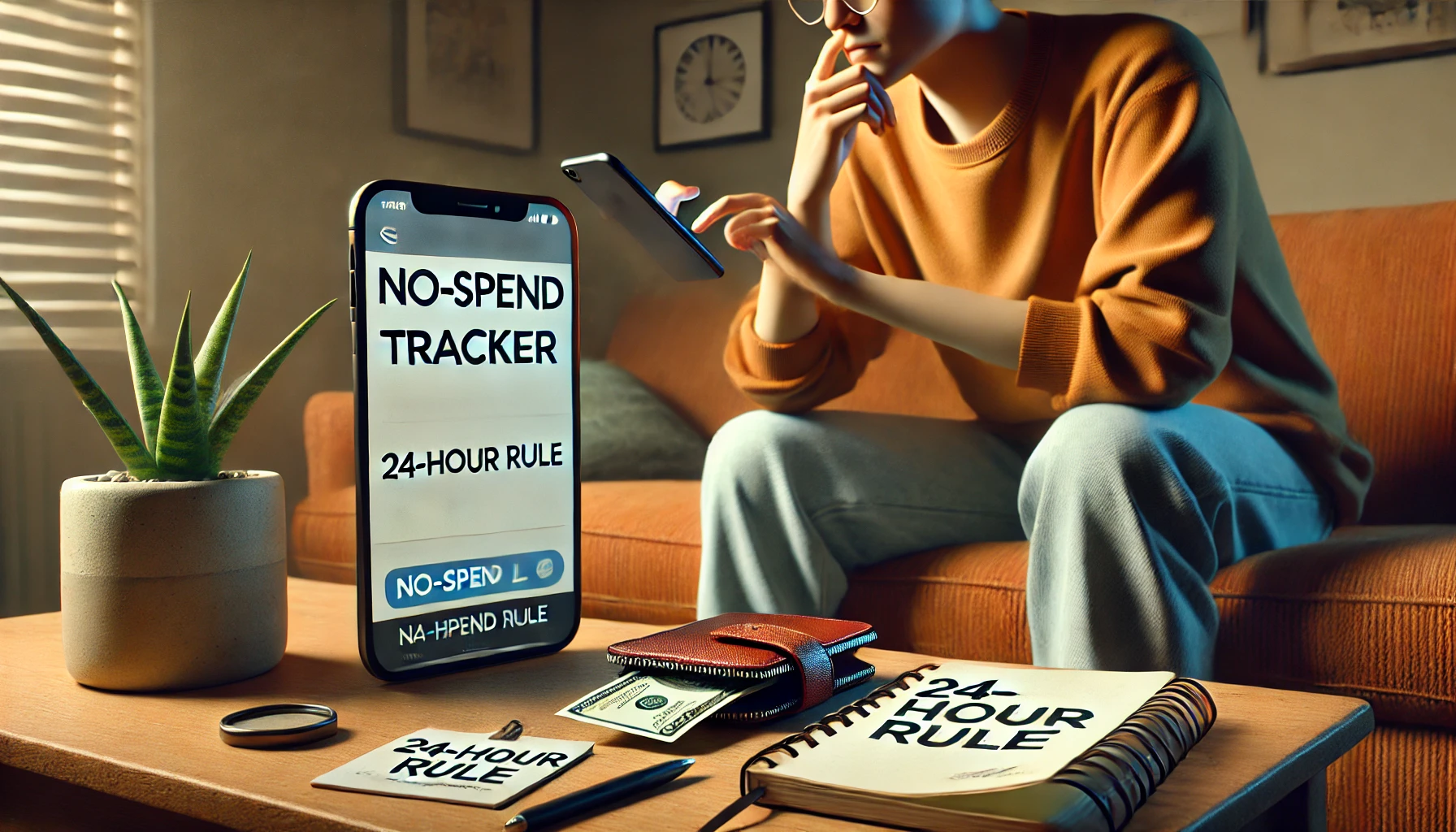We’ve all been there. You walk into a store for one thing, and leave with five. You open a shopping app “just to browse,” and somehow spend $80. That’s impulse spending—and it adds up fast.
But here’s the good news: you don’t have to give up joy to take back control.
In this article, you’ll learn practical ways to stop impulse spending without feeling deprived, so you can spend with purpose, not regret.
What Is Impulse Spending?
Impulse spending is buying something without planning to.
It’s triggered by:
- Emotions (boredom, stress, excitement)
- Sales or “limited-time” offers
- Instant gratification
- Social media ads or influencers
Impulse spending feels good now, but often brings guilt later—and damages long-term financial goals.
Step 1: Identify Your Triggers
You can’t control what you don’t understand.
Ask yourself:
- When am I most likely to spend impulsively?
- Is it a specific emotion, time of day, or platform?
- Is it boredom? Loneliness? Reward?
Understanding your patterns helps you interrupt them.
Step 2: Create a 24-Hour Rule
This one simple rule can save you hundreds.
Wait 24 hours before buying anything that isn’t essential.
- Add it to a wish list
- Revisit it the next day
- Ask yourself: “Do I still want this? Why?”
Delaying the purchase breaks the emotional cycle.
Step 3: Unsubscribe and Unfollow
Protect yourself from temptation.
- Unsubscribe from marketing emails
- Unfollow influencers or brands that push you to buy
- Turn off notifications from shopping apps
Out of sight, out of cart.
Step 4: Use Cash or a Prepaid Card
When you physically see money leave your hand, you’re less likely to overspend.
- Set a weekly cash budget for fun spending
- Leave your card at home when possible
- Use a separate prepaid card with a fixed limit
Limits create freedom.
Step 5: Plan “Guilt-Free” Spending
You don’t have to stop buying things you enjoy—you just need to plan for it.
Try this:
- Set a monthly “fun money” amount (e.g., $50)
- Spend it however you like—guilt-free
- When it’s gone, wait until next month
This keeps joy in your budget without sabotage.
Step 6: Track Your Emotional Spending
Keep a small journal or use a note app.
Record:
- What you bought
- How you felt before and after
- What triggered the purchase
Patterns will emerge. Awareness = power.
Step 7: Replace the Habit
Impulse buying is a habit—and habits can be replaced.
Try:
- Going for a walk instead of opening a shopping app
- Calling a friend when you’re bored
- Doing something creative or productive when you’re stressed
You’re not just avoiding spending—you’re rewiring your response.
Step 8: Celebrate Non-Spending Wins
Treat not spending like an accomplishment—because it is.
- Create a “No Spend” tracker
- Reward yourself with non-financial treats (like extra screen time or a bubble bath)
- Share your wins with a friend or community
Positive reinforcement builds better habits.
Final Thoughts: Spend With Intention, Not Emotion
Impulse spending isn’t a character flaw—it’s a behavior pattern. And like any habit, it can be changed.
When you pause, plan, and reflect, you stop reacting and start choosing. That’s financial freedom.
So next time you feel the urge to spend… breathe, wait, and ask: “Is this helping me or hurting me?”
You’ve got this.
